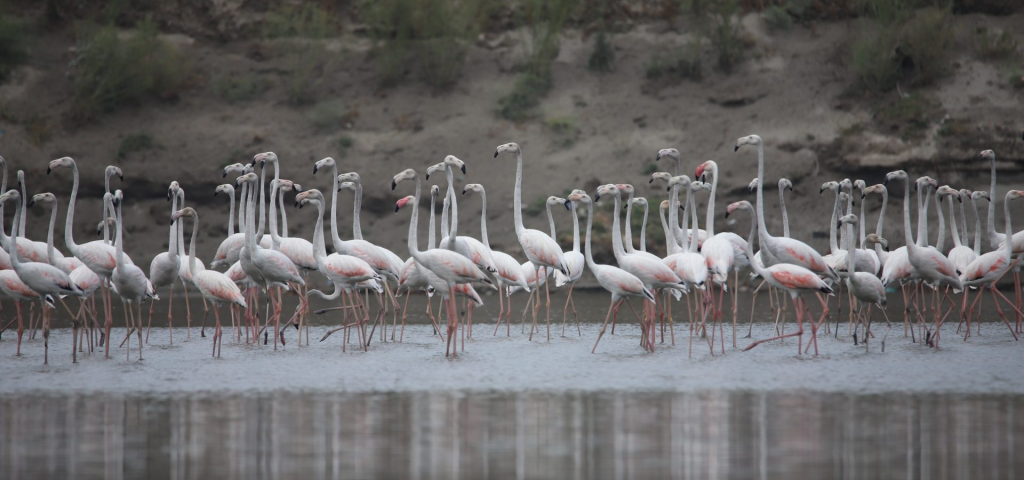
Urbanization, the expansion of cities and towns, is having a profound impact on local animal populations. As human populations grow and urban areas expand, natural habitats are increasingly being replaced by buildings, roads, and other infrastructure. This transformation disrupts the delicate balance of ecosystems, leading to several challenges for wildlife.
One major effect of urbanization is habitat loss. Animals that once thrived in forests, wetlands, or grasslands are forced to relocate as their homes are destroyed. This displacement can lead to overcrowding in remaining natural areas, increased competition for resources, and higher rates of conflict with humans. For instance, deer and raccoons, often seen in urban areas, may face food shortages and increased risk of accidents due to their adaptation to city environments.
Urbanization also introduces new threats to wildlife. Roads and traffic can be deadly for animals trying to cross them. Pollution, from litter to chemicals, further deteriorates living conditions, affecting animals’ health and food sources. Invasive species, often introduced inadvertently by human activities, can outcompete native species and disrupt local ecosystems.
Despite these challenges, there are ways to mitigate the impact of urbanization on wildlife. Creating green spaces such as parks and wildlife corridors can provide essential refuges for animals. Implementing wildlife-friendly urban planning and educating the public about coexistence can also help reduce negative interactions between humans and wildlife.
Addressing the effects of urbanization on animal populations is crucial for maintaining biodiversity and ensuring that urban development does not come at the expense of local wildlife. By integrating thoughtful conservation practices into urban planning, we can help create cities that coexist harmoniously with nature.